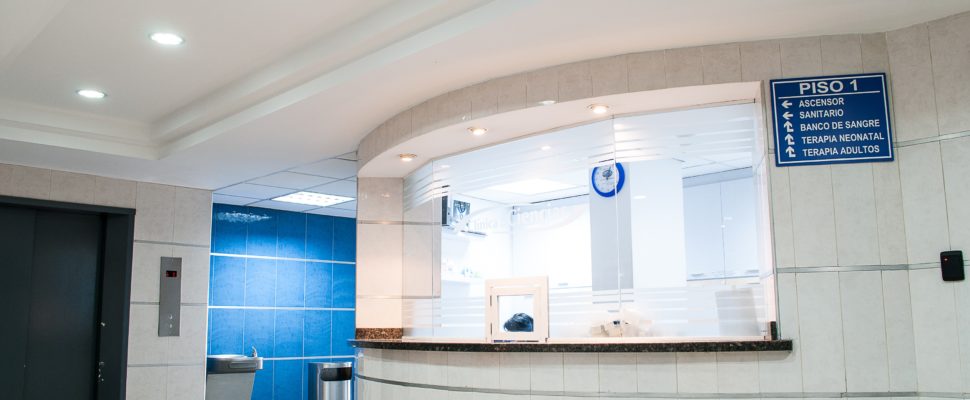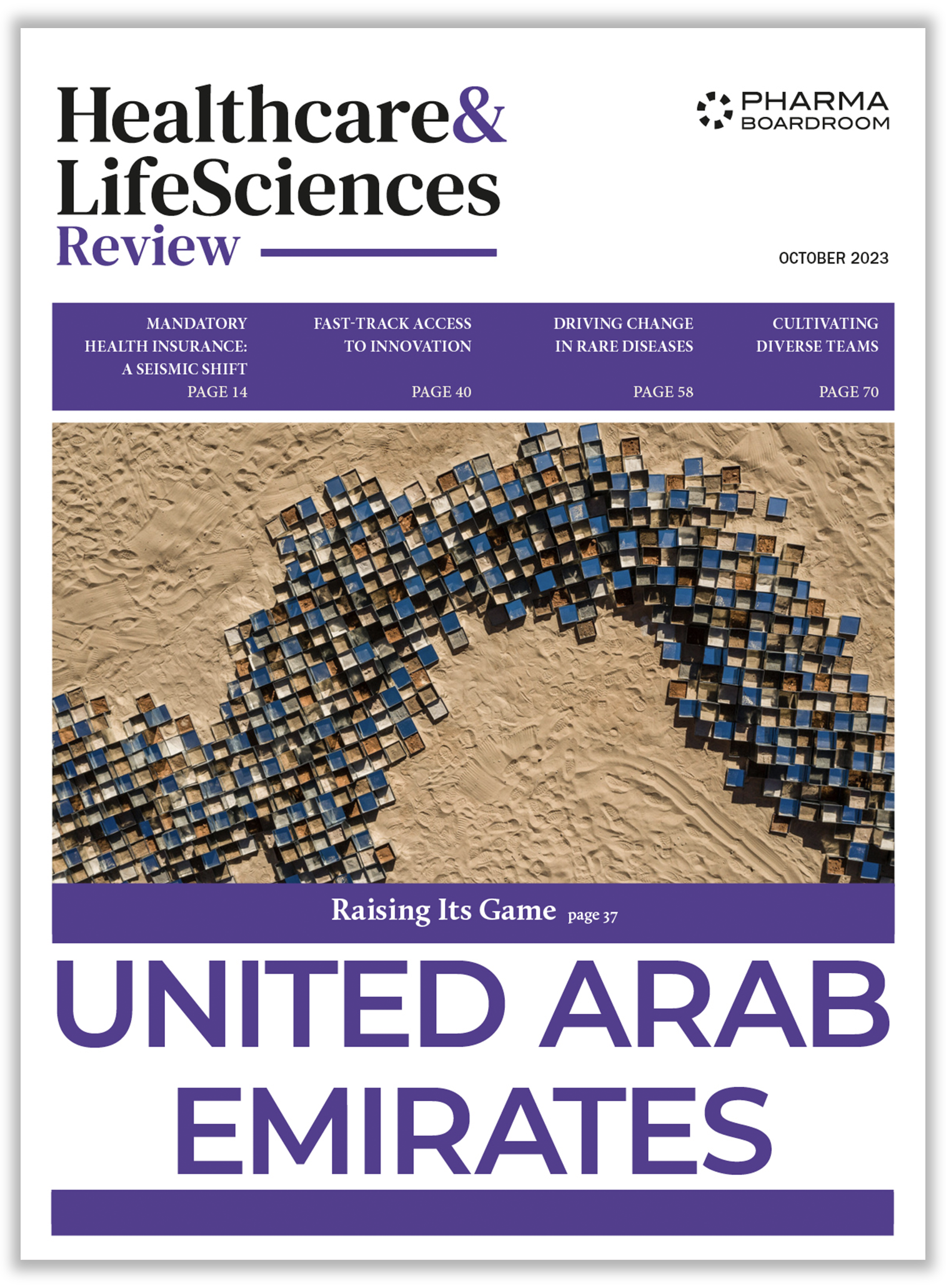
Mohamed is a passionate Blockchain enthusiast who is committed to helping grow the Blockchain ecosystem around the world. Here he talks about healthcare’s slow adoption of technology and the challenges that come with hefty privacy regulation of patient data.
The life-and-death nature of the industry might be a factor of this slow adoption of new technologies, but this factor should push healthcare stakeholders to embrace innovation in an industry where time could be of the essence.
The advent of new technologies has impacted almost every single industry, from retail to services, where the digital form of interactions and use of smart devices has trumped traditional ways of dealing with customers. The emphasis on the user experience and better convenience have pretty much shifted the paradigm from the customer is king to giving full control to the end user, this full control gives the consumer the ability to be more involved in the way he would like to receive the service or the product, we are shifting from one-size-fits-all products and services to increasingly customized solutions.
However, if we think about healthcare as a service industry, it has experienced far less disruption, although this is where disruption is needed the most. We should, of course, distinguish innovation in new ways of treatment (where we have seen far more advancements) and the ways of “doing healthcare business” — processes, data management, decision making and user experience.
The life-and-death nature of the industry might be a factor of this slow adoption of new technologies, but this factor should push healthcare stakeholders to embrace innovation in an industry where time could be of the essence. Is this cautionary approach the only reason for stifling innovation in an industry in desperate need of fundamental changes?
I believe this is one of the major reasons, but not the only one. Another significant hurdle in the healthcare sector is the heavy regulations with regards to privacy that differ from one country to another. This makes it challenging to take advantage of cross-border technology services and also hinders the accessibility of information for patients outside of their home country. Privacy of patients’ information is certainly paramount but legislators should find a happy medium between protecting patients’ data and allowing convenient data sharing.
The same hurdle also applies when dealing with different healthcare providers within the same jurisdiction, making it hard to have access to patient’s information that might save a lot of time and efforts to both parties and improving the decision-making process, especially in critical situations.
This contributes to creating silos of information and increases the risk of medical errors — the third leading cause of death in the US after heart disease and cancer, according to a report from John Hopkins Medicine. “Unwarranted variation is endemic in health care. Developing consensus protocols that streamline the delivery of medicine and reduce variability can improve quality and lower costs in health care. More research on preventing medical errors from occurring is needed to address the problem,” says Martin Makary, M.D., M.P.H., professor of surgery at the Johns Hopkins University School of Medicine.
In addition, if we look at different parts of the world, we will realize for the most part that the healthcare industry is pretty much under government control, this means that there is no competition to drive innovation and better patient experience. Also, this governmental oversight limits the resources available to adopt new technologies due to budgetary constraints, whereas in countries where the private sector is heavily involved, we see far more innovation.
For the same reasons, a multistakeholder approach is needed more than ever. An approach to bring all the actors of the healthcare sector to the table with one objective in mind — how to take best care of our healthcare system and provide user-centricic services?



